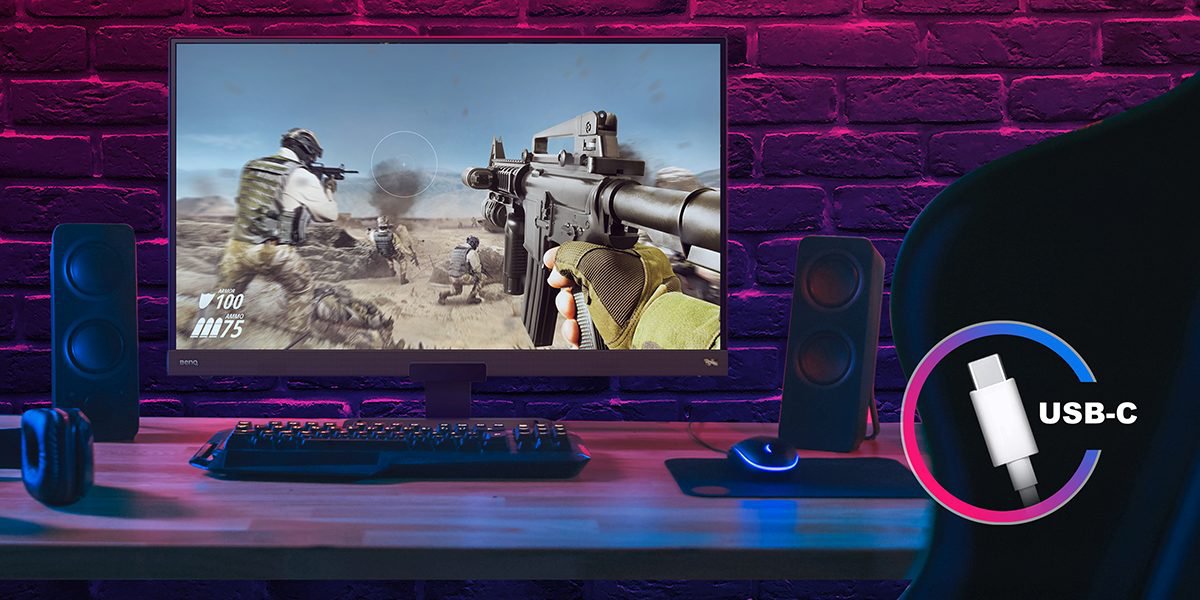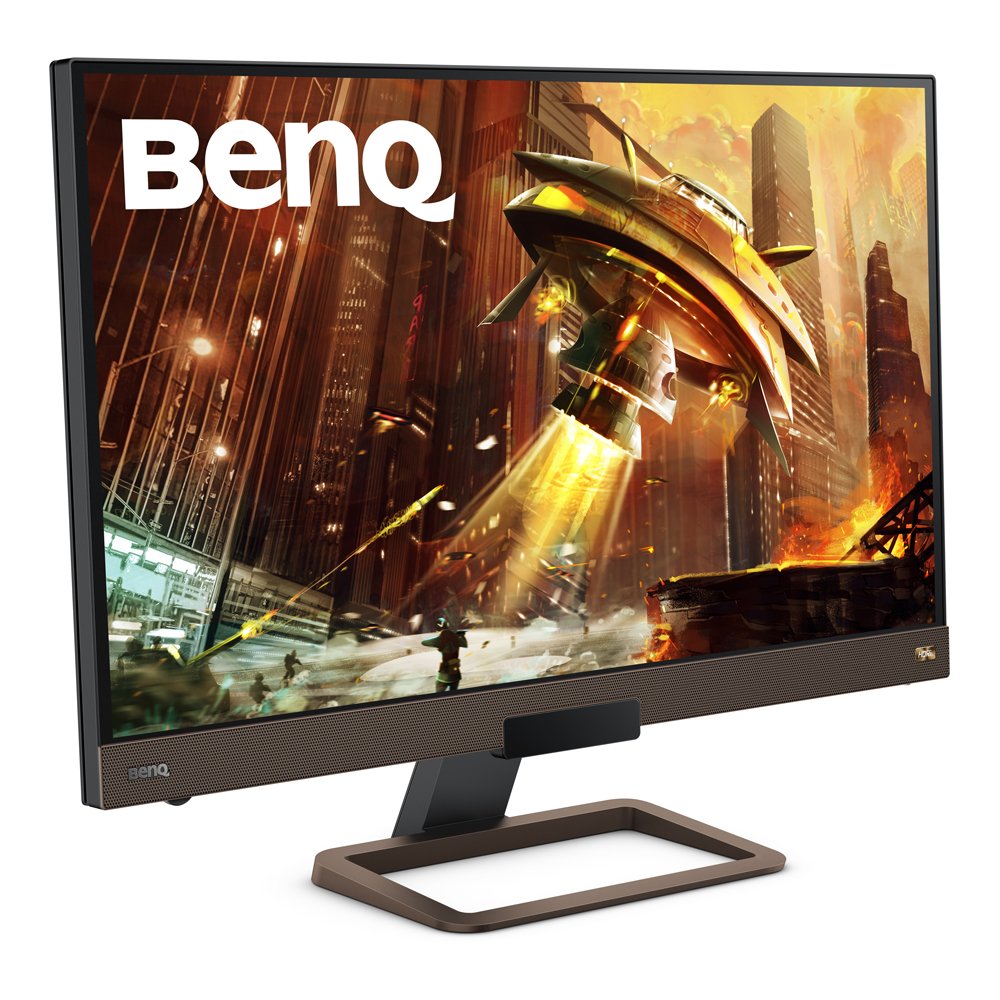Very well, thank you. Get a monitor that has USB-C, then a graphics card with USB-C or DisplayPort. That’s every graphics card, BTW, because you can use a DisplayPort to USB-C cable or adapter without losing a shred of performance.
Then choose alt mode in monitor and driver settings and you’re good to go. At up to 8K 60Hz, thanks to the massive bandwidth of DisplayPort 1.4. In more realistic terms since 8K isn’t quite ripe for gaming, you enjoy full 4K 4:4:4 graphics with no color subsampling through that UBC-C cable at 60Hz, or higher framerates (like 120Hz or 144Hz) with subsampling to 4:2:0.
HDR works just like with HDMI and with no cut corners, and HDCP 2.2 security certification has been fully integrated to make sure content plays without a hitch.
Plus, there’s sound! People often forget that DisplayPort carries audio, but of course it does. That applies to its USB-C incarnation, which supports multi-channel audio. A good 2.1 speaker arrangement on your monitor will sound great when connected to your PC via USB-C.

